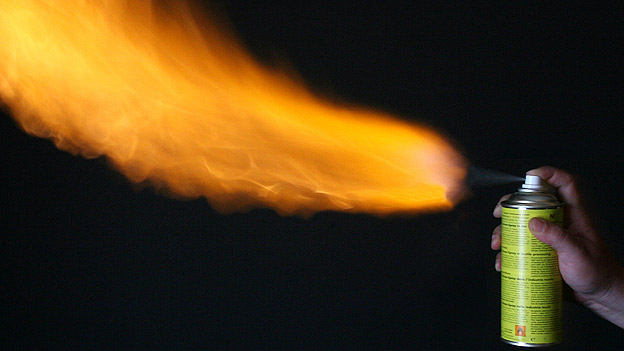

In the ETO it wasn't really needed that much.

The weight and bulk and short range of the flamethrower made it unpopular as hell. To do that you needed a few guys pulling security to get at the bunker without getting shot in the back. In the SPR sequence everyone knows about, there wasn't really any obvious reason the flamethrower would have been more effective then half a dozen hand grenades. A satchel charge had a bit of a fuse to it so I think it was flame, a grenade or two, then the demo charge to finish the defenders off. This allowed the next guy to throw demo or a hand grenade or satchel charge into the bunker through the now-empty loophole. The idea was if you were flanking a pillbox you fired a grazing burst at the loophole or firing slit from off to the side, knowing the flame would screw up the gunner. The way to employ a flamethrower wasn't to run around the back and blast it through the back door.

My two cents, from looking at some of the SOPs, most of the time if not all the time Hollywood gets it wrong anyway. The V Corps stated that the limited range of the portable flame thrower restricted its usefulness in fighting in the hedgerows, that ubiquitous feature of the Normandy terrain. Cities and towns presented obstacles which occasionally called for flame thrower action, although the 1st and 2d Infantry Divisions reported that the weapon was not particularly useful in ordinary street fighting. In any event, German positions encountered on the beachheads usually were not suitable flame thrower targets.Īs the initial weeks of the campaign wore on and units moved inland, some flame thrower targets did appear. The 14th Chemical Maintenance Company, which landed in Normandy at the end of June, repaired and returned to depot stock over 100 portable flame throwers which it had picked up from salvage piles on the beaches. Many of the weapons were lost in the rough surf, and infantrymen perforce abandoned others in the struggle to get across the beaches in the face of heavy enemy fire. These preparations went for naught there is no record that the flame thrower was used during the Normandy landings. In August 1944 Third Army's supply of the weapon was described as "practically nil"), and a consequent lack of trained operators. Perhaps understandable as the average US soldier in WWII was 5’8 150 lbs. However many of these heavy weapons (the M2 is 68 lbs loaded) were abandoned before being brought to bear. Each Higgins boat (36 passenger capacity) in the first wave at bloody Omaha had a 2 man flamethrower team.

I’ve found no documented evidence of man portable flamethrower use outside of the claims they were used in the Normandy landings. The US M1 and M2 Flamethrowers, so prolifically employed in the Pacific was very rarely used in the ETO by American forces.


 0 kommentar(er)
0 kommentar(er)
